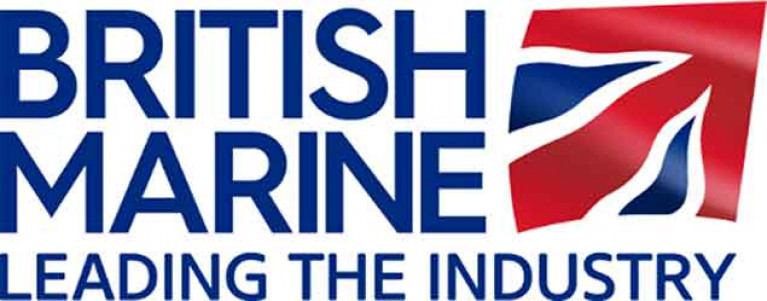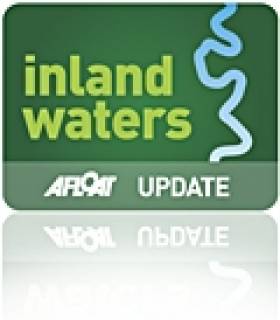Displaying items by tag: hire boat
Launch of Long-Awaited Hire Boat Code Consultation
British Marine and the Association of Inland Navigation Authorities (AINA) have jointly launched the much-anticipated consultation on the proposed changes to the existing Code for the Design, Construction and Operation of Hire Boats, better known as the Hire Boat Code.
The proposal of changes to the Code considers the many advances in boat design, regulation and operation which have occurred since the first Code was published back in 2008, ensuring the licensing framework is fit for the future.
This includes changes to the responsibilities for hire boat operators, hirers and hire boat licensing authorities of sailing boats over 6m LOA and powered boats of all lengths, as well as amendments to key technical standards. Importantly for some hire boat operators, this may incur significant one-off cost implications.
In addition, whilst the existing Code is voluntary, the revised Hire Boat Code is intended to be adopted as mandatory where the licensing authorities have the power to do so.
The Hire Boat Code is jointly developed by British Marine and the AINA, on behalf of industry and the navigation authorities, to help ensure the continued safe operation of hire boats on the inland waterways. It provides the framework for safe business operations, clarification of operators, navigation authorities and users responsibilities. It also helps businesses through consistent application of licensing requirements through the many varied inland navigation authority waterways in the UK.
The consultation on the proposed changes to the Code is the first opportunity for members and the wider industry to review and asses how the changes will affect their businesses moving forward.
British Marine and the AINA are calling for all impacted operators of hire craft, licensing authorities and hirers within its membership, as well as any others interested in ensuring adequate levels of hirer safety, to participate in this momentous consultation.
Officially launched on 16 December 2019, the consultation will remain open for the next 12 weeks, closing on 9 March 2020. Following this, British Marine and the AINA will work together to produce a summary of views expressed in the consultation and the responses to them within the subsequent 12 weeks of this.
Lesley Robinson, British Marine CEO, commented: “Safety onboard craft is of paramount importance to British Marine and our members and the second edition of the Hire Boat Code will be a decisive step forward for supporting hirer’s safety on our waterways.
“The proposal of changes to the Code is the accumulation of eight years of tireless work between us and the AINA and the engagement of all interested parties in this consultation, from hire boat operators and licensing authorities to hirers, is crucial to ensure the revised Code meets their various interests.”
For further information on the proposal and to take part in the consultation, visit: aina.org.uk/hireboatcodeconsultation.
Hire Cruiser Hits Killaloe Bridge
The Cruiser was holed and was taking on water.
Killaloe Coast Guard Mobile unit was tasked to Derg Marina with salvage pumps while the Coast Guard Rescue Boat also responded according to a Coast Guard blog report here.
It was decided that in order to save the vessel from sinking that the Coast Guard would run the cruiser aground in the shallow water at nearby Ballyvalley.

























































